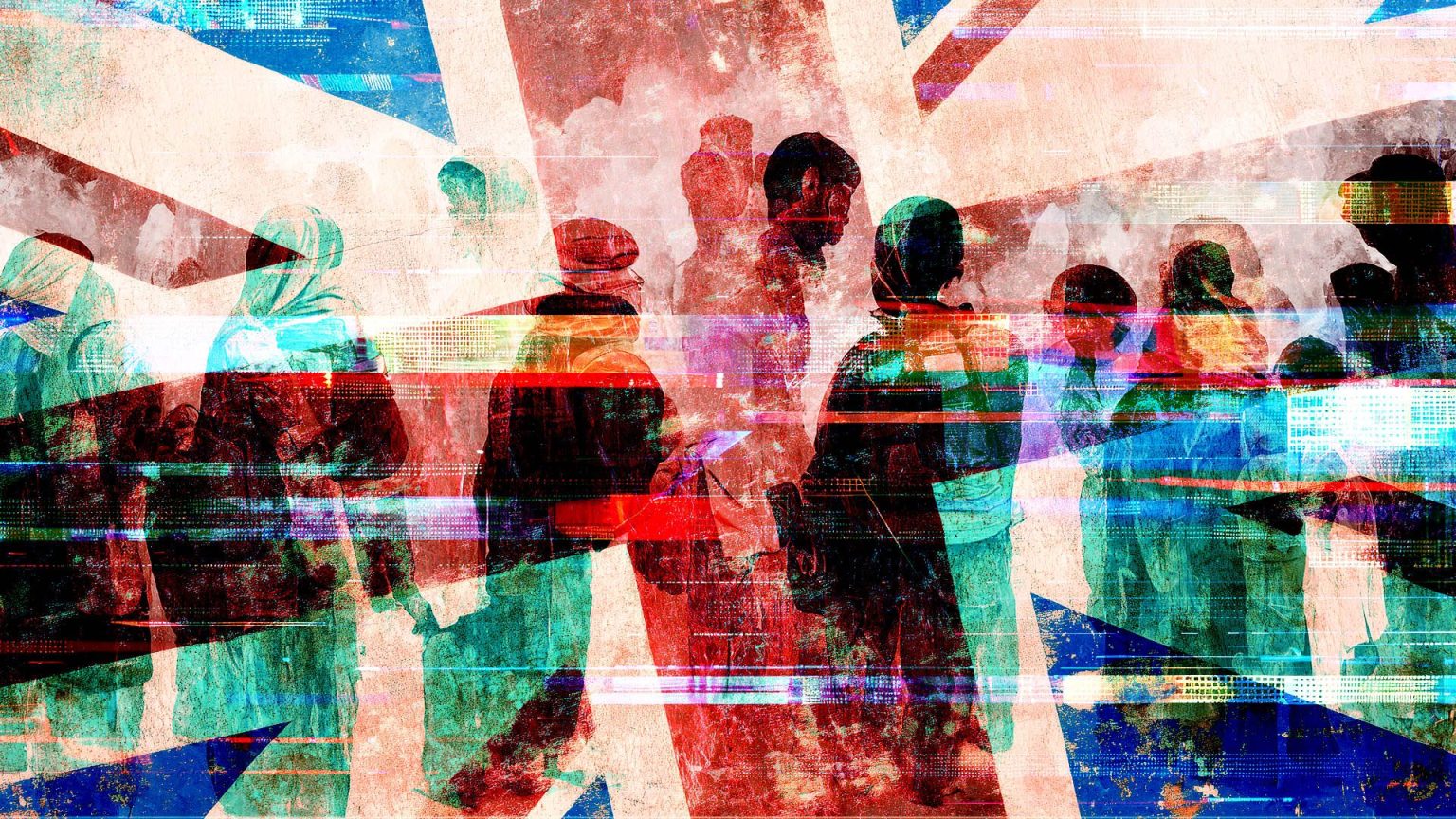The Anatomy of Anti-Immigrant Disinformation: How Narratives Spread From Fringe to Mainstream
The July 2024 riots in Southport, sparked by a false narrative surrounding a stabbing incident, exposed a deeply concerning trend: the proliferation of anti-immigrant disinformation within the UK. While the actual perpetrator was a British teenager, misinformation networks rapidly painted him as a Muslim asylum seeker, fueling a wave of violence and prejudice. An investigation by data consultancy The Nerve has revealed that this incident was not an isolated event but rather a symptom of a sophisticated ecosystem designed to demonize immigrants and incite public animosity. This intricate network strategically seeds false narratives in fringe online communities, amplifies them through political influencers, and exploits algorithmic biases on social media platforms, effectively shaping public perception and fueling societal division.
A Coordinated Ecosystem of Disinformation
The Nerve’s investigation identified three key actors within this anti-immigrant disinformation ecosystem. Firstly, hyper-partisan media outlets, such as GB News and The New Culture Forum, consistently portray immigration as a crisis, framing it as the root cause of societal ills. These narratives are then seized upon and amplified by right-wing influencers, including figures like Darren Grimes, Peter Whittle, and Matt Goodwin. They skillfully present cultural anxieties as established facts, pushing fringe ideologies into the mainstream discourse and legitimizing prejudiced viewpoints. This calculated manipulation of public sentiment creates a breeding ground for hostility and mistrust towards immigrant communities.
Secondly, anonymous sock puppet accounts, operating across various far-right online groups on platforms like Facebook and X (formerly Twitter), play a crucial role in disseminating these narratives. These accounts masquerade as concerned citizens, employing algorithm-friendly language designed to maximize visibility and trigger outrage. They often focus on topics such as crime, NHS overload, and “two-tier policing,” weaving these issues into anti-immigrant rhetoric to reinforce pre-existing biases and fuel public resentment. Their deceptive tactics contribute significantly to the spread of misinformation and the erosion of trust in legitimate information sources.
Finally, global influencers, including figures like Elon Musk, act as powerful amplifiers for these narratives. Musk’s interventions during the Southport riots, including his endorsement of the #TwoTierKeir narrative and his ominous prediction of “inevitable civil war,” transformed UK-specific propaganda into a global cultural flashpoint. His pronouncements, amplified by his vast online reach, legitimized and disseminated the disinformation, exacerbating the situation and increasing its international visibility. This global amplification underscores the interconnected nature of online disinformation networks and their potential to escalate local events into international crises.
Exploiting Platform Dynamics for Viral Spread
The effectiveness of this right-wing anti-immigrant network lies not only in its coordinated actors but also in its strategic exploitation of platform dynamics. On X, premium verified users benefit from algorithmic boosts, giving their posts greater reach and visibility. This preferential treatment amplifies their message and allows it to spread more rapidly across the platform. On Facebook, echo chambers within closed groups reward repetition and emotional responses over accuracy, creating fertile ground for the proliferation of misinformation. YouTube and TikTok, with their emphasis on short-form, emotionally-charged content, further contribute to the spread of alarmist narratives surrounding immigration, crime, and cultural decline. These platforms, prioritizing engagement over factual accuracy, inadvertently become powerful tools for the dissemination of disinformation.
The algorithms of these platforms, designed to maximize engagement, are particularly susceptible to manipulation by disinformation campaigns. The emphasis on emotional content and rapid-fire delivery creates a perfect storm for the spread of sensationalist narratives. The result is a system that not only shares disinformation but also engineers it to stick, embedding itself in the public consciousness and shaping perceptions. When real-world events like the Southport stabbing occur, these pre-seeded narratives are readily adapted and amplified, providing instant fuel for outrage and prejudice.
The Lack of Accountability and the Urgent Need for Regulation
Despite the scale and speed at which disinformation spreads, the UK’s regulatory response remains inadequate. The Online Safety Act (OSA), while lauded as a significant step forward, focuses primarily on content moderation and flagging individual harmful posts. This approach fails to address the underlying systems and incentives that drive disinformation campaigns. Three major gaps in the OSA’s framework stand out: its focus on individual posts rather than patterns of disinformation, its inability to effectively address inauthentic behavior like sock puppetry and coordinated platform activity, and its reliance on voluntary cooperation from platforms whose business models prioritize engagement over factual accuracy.
As platforms like Meta scale back fact-checking efforts and X modifies visibility rules for verified users, the flow of disinformation is likely to accelerate. This highlights the urgent need for more robust regulatory frameworks that address the systemic nature of disinformation campaigns. The events surrounding Southport demonstrate that disinformation is not merely an online nuisance; it has real-world consequences, fueling violence, prejudice, and social division.
The Inevitable Outcomes of an Outrage-Driven System
The Southport riots, the fabricated narrative surrounding the stabbing incident, and the ensuing fear and violence were not spontaneous reactions; they were the product of a system designed to transform uncertainty into outrage. In a digital landscape where engagement is rewarded and algorithms prioritize emotional responses over factual accuracy, disinformation thrives. Tragedies like Southport are not isolated incidents; they are the inevitable outcome of a system that incentivizes the spread of misinformation. The urgent need for more effective regulation and greater platform accountability is clear. The current regulatory landscape is simply not equipped to address the complex and evolving nature of online disinformation networks. The future stability and health of democratic societies depend on our ability to effectively counter these dangerous trends.


